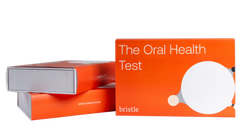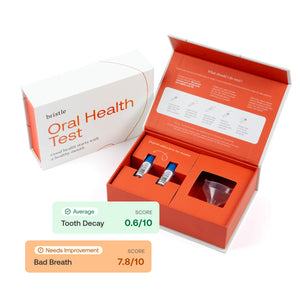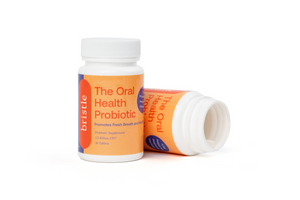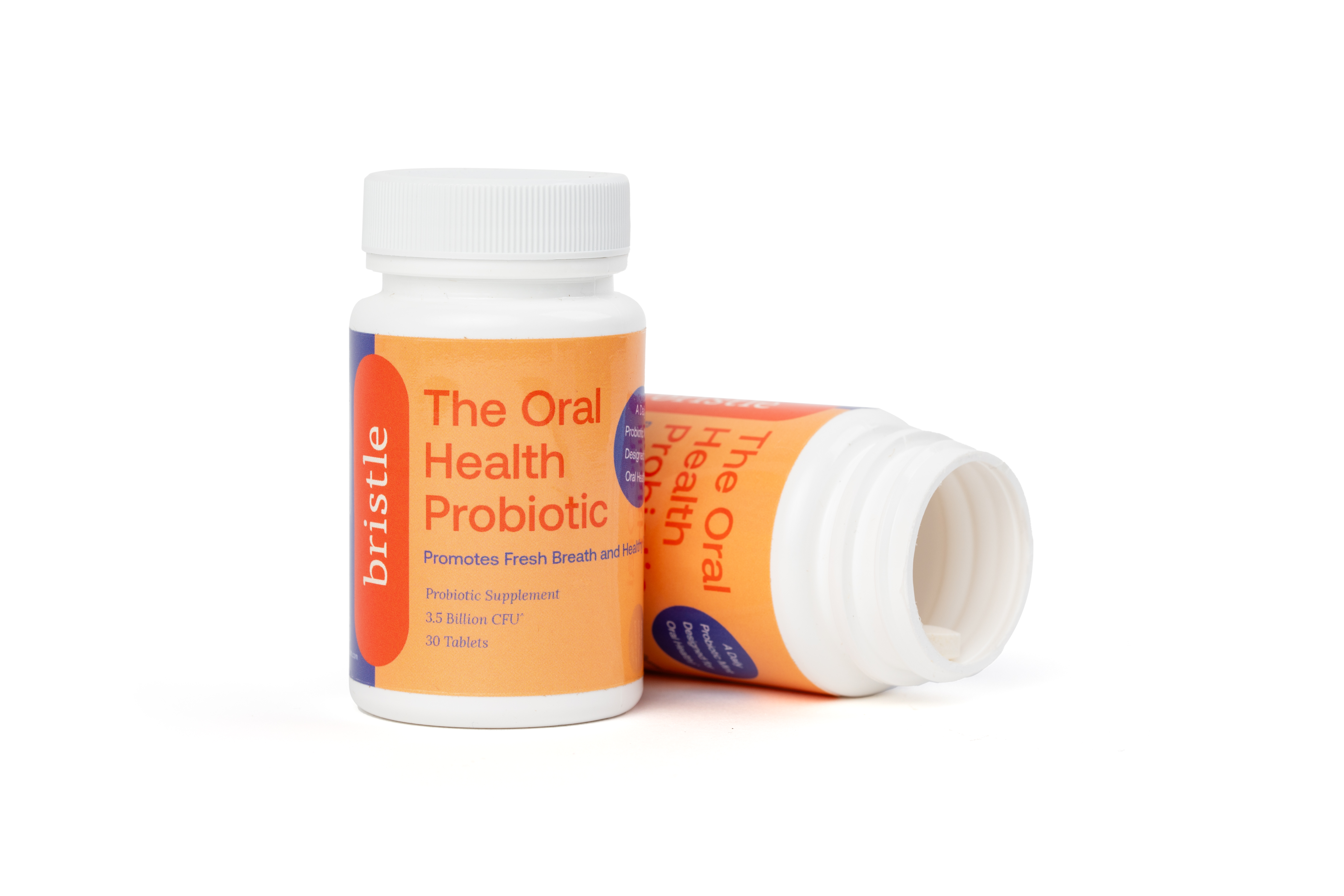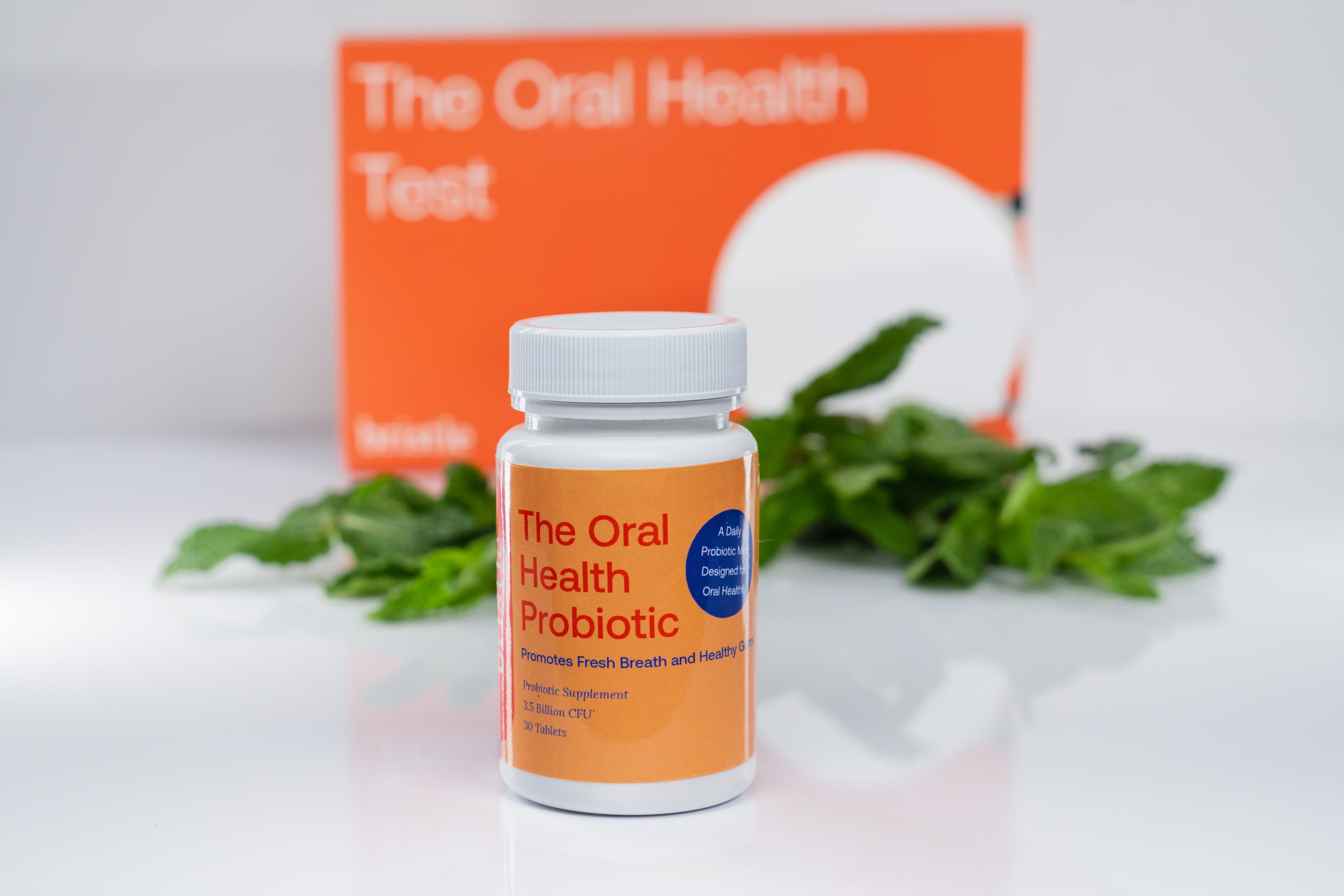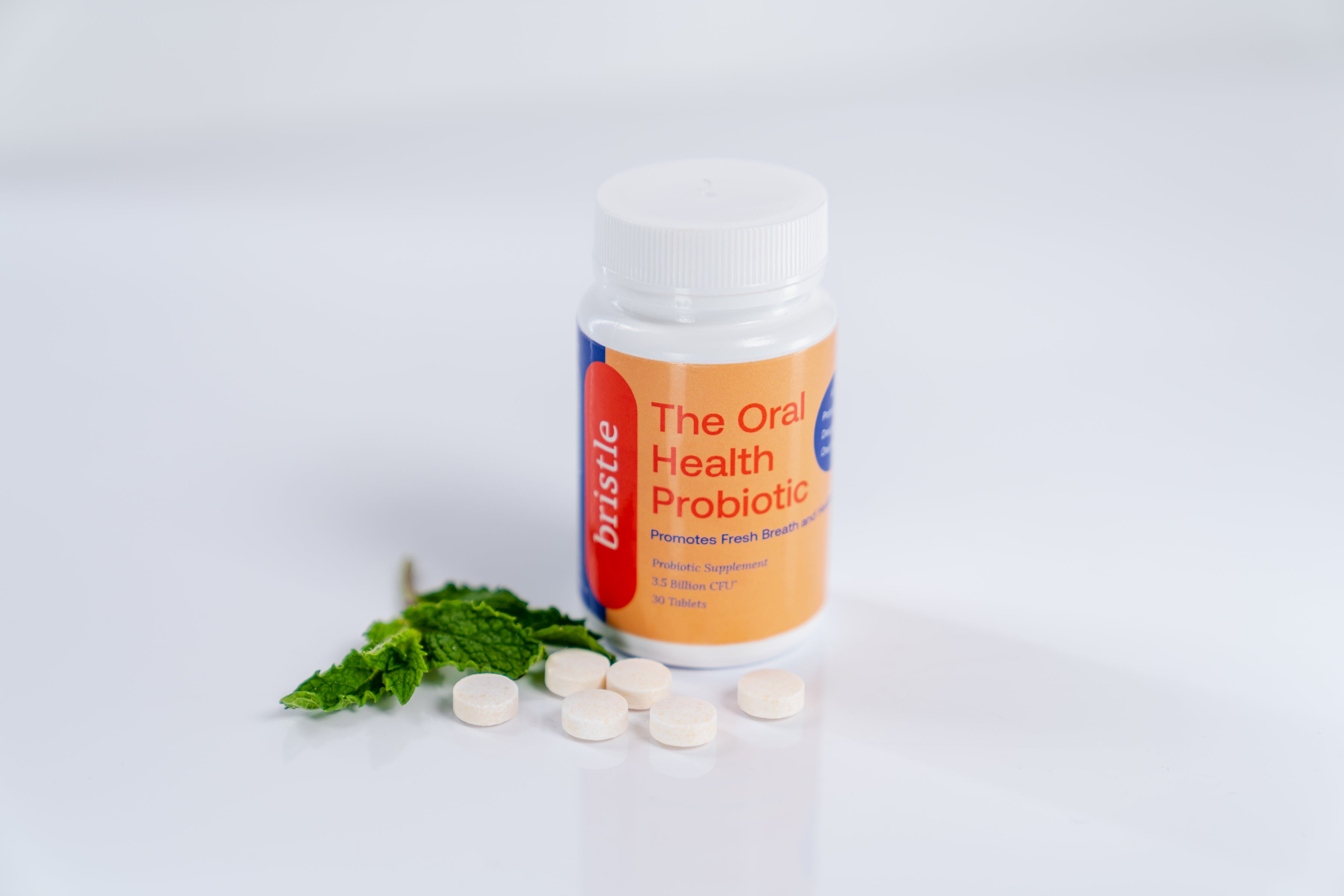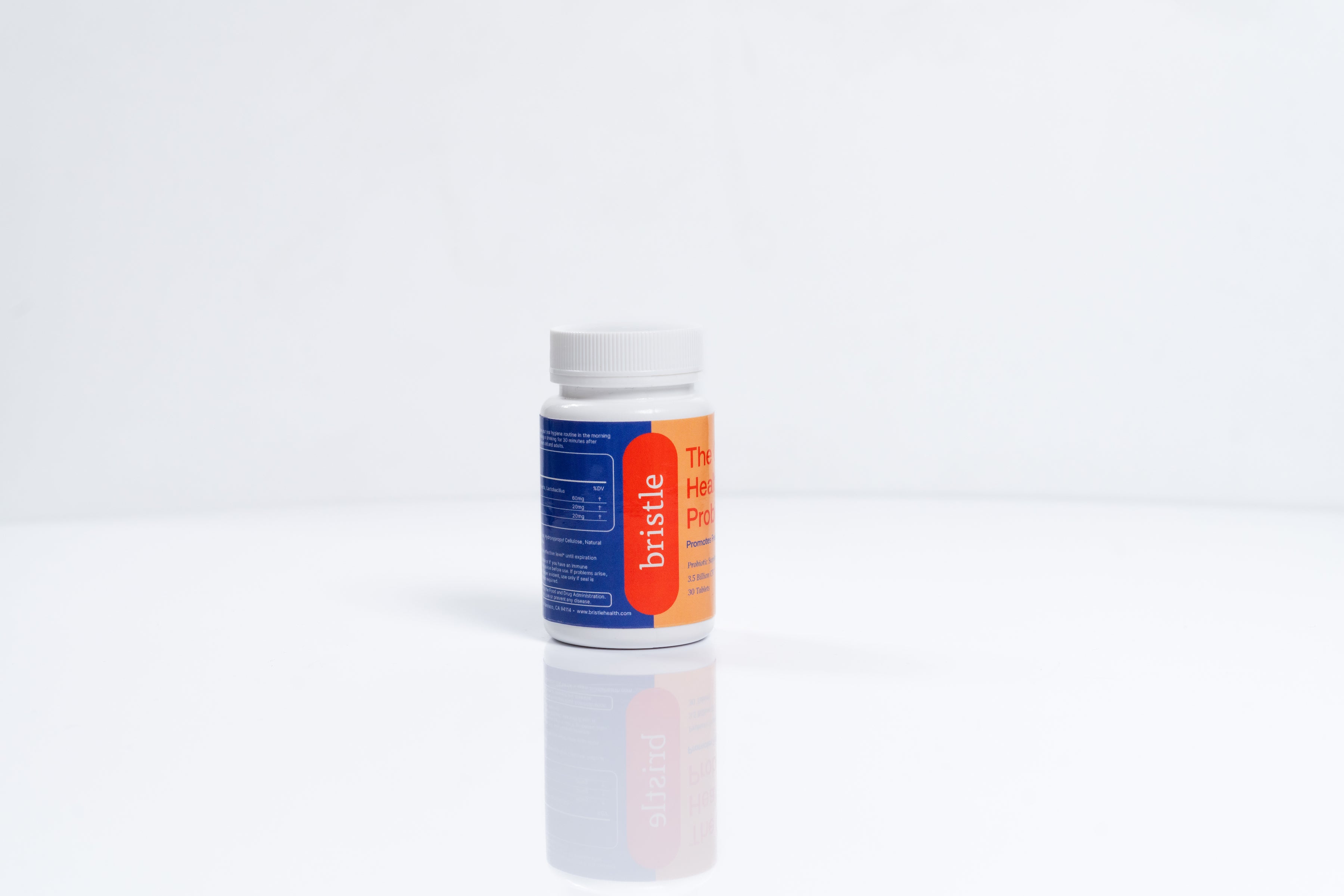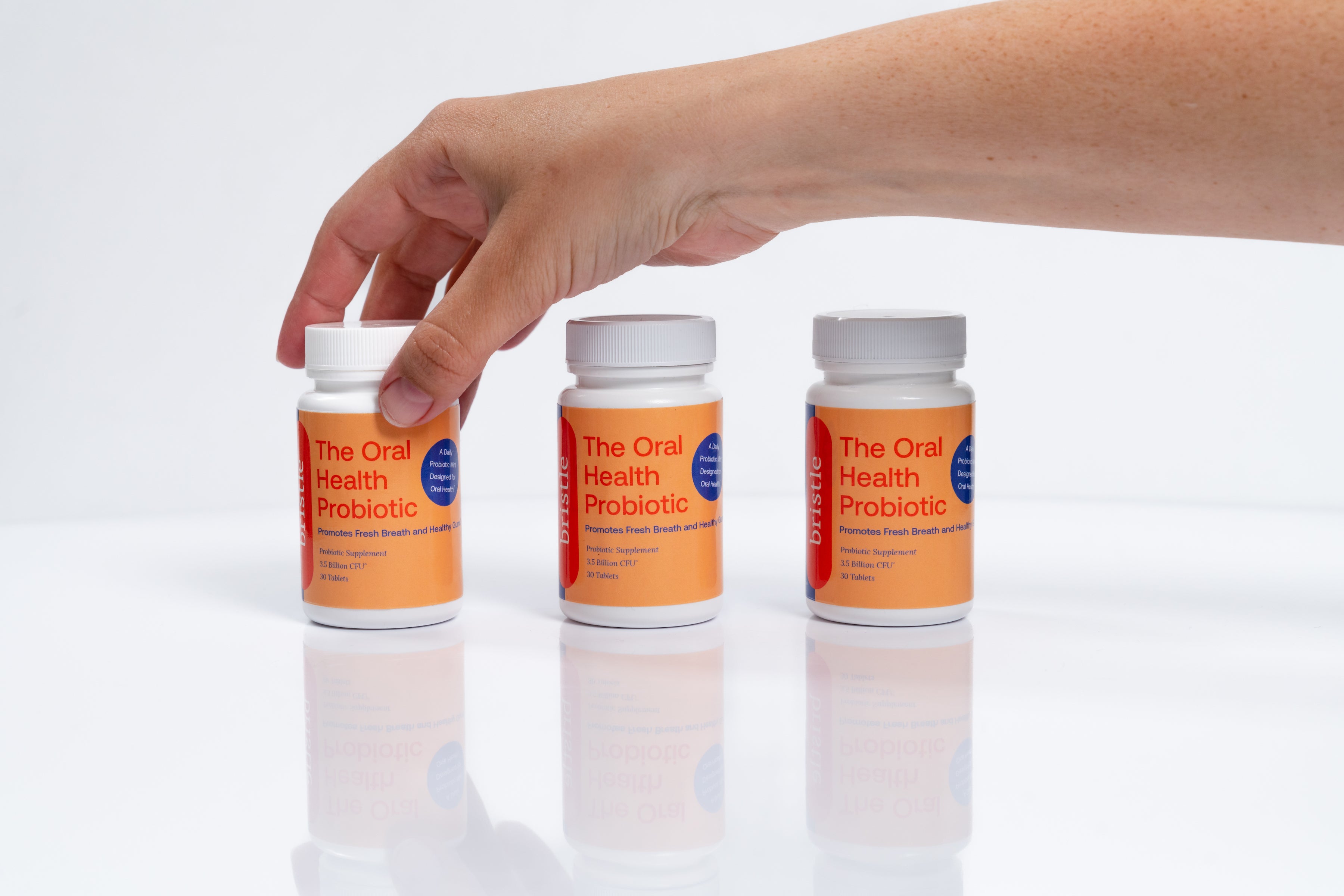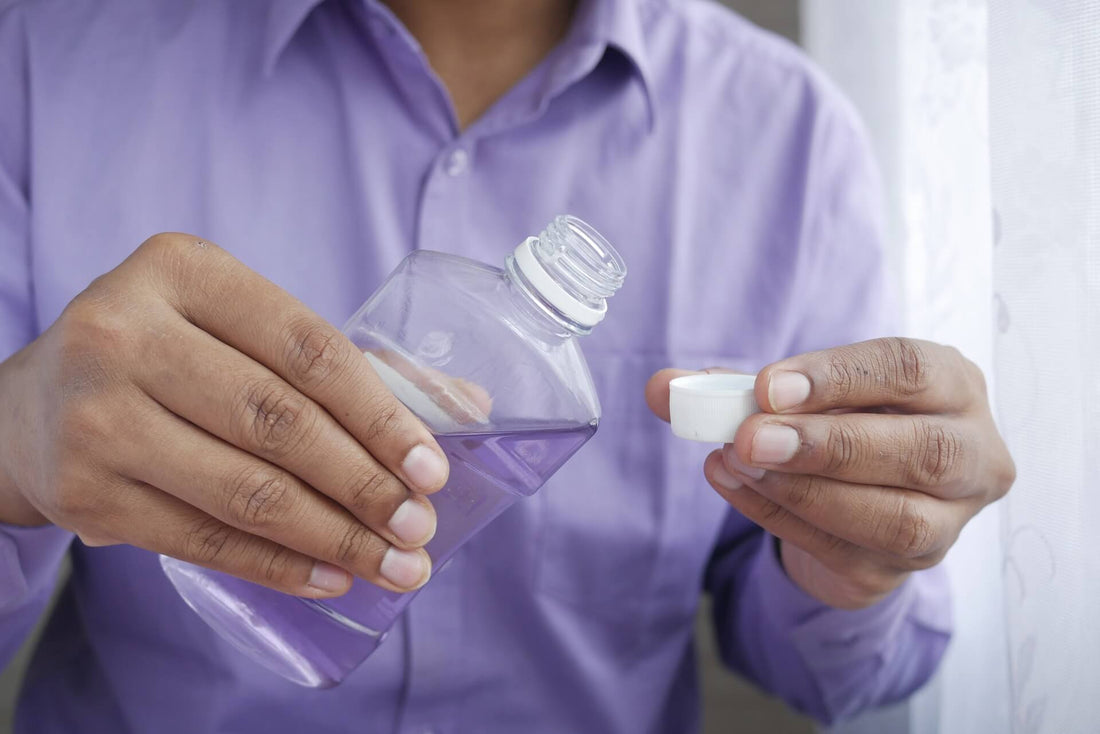For several decades now it has been well accepted that the addition of fluoride to water sources, and eventually dental products, has aided in the reduction of cavities and improvement in dental health. Further understanding of benefits over time came with an evaluation of potential harms as well. Various studies have evaluated the effects of fluoride on systemic diseases including thyroid disease, musculoskeletal issues, and neurocognition. As a result, an interest sparked in potential alternatives to fluoride. This is where hydroxyapatite came into play.
What is hydroxyapatite and what does it do?
Hydroxyapatite is a form of calcium that is both a natural and major component of your dental enamel, composing ~90% of your tooth enamel. Due to diet, hygiene, and other factors, the enamel in our teeth can deteriorate, and lead to cavities (holes in teeth that develop from tooth decay). The addition of hydroxyapatite to products such as toothpaste functions to help remineralize and rebuild the tooth enamel. The strengthening of enamel with hydroxyapatite particles prevents bacteria from entering and attaching to the enamel of teeth and prevents destruction from acid by creating a more alkaline state in the oral cavity. This leads to decreased cavity risk, and decreased tooth sensitivity. While fluoride also helps protect teeth, it does so by creating fluoridated apatite (fluorapatite) on the tooth surface which is slightly different from natural enamel.
Is hydroxyapatite toxic?
Unlike fluoride, hydroxyapatite is biocompatible with your teeth and remineralizes enamel in a more natural fashion. Furthermore, hydroxyapatite is non-toxic in large doses, which is an often-cited concern regarding the use of fluoridated products.
Is hydroxyapatite as effective as fluoride?
Research has shown that toothpaste containing hydroxyapatite was equivalent, or non-inferior, to those with fluoride in terms of ability to remineralize enamel. Furthermore, hydroxyapatite appears to remineralize in a more homogenous fashion compared to fluoride which is more laminar, possibly attributed to the more natural properties (1). There are limitations that make fluoride less desirable, including decreased effectiveness in very acidic environments, the need for calcium and phosphate ions in saliva, and that fluoride tends to remineralize the surface-zone while lacking effectiveness in deep lesion body remineralization. Furthermore, fluoride effectiveness is dose-dependent with higher doses leading to better remineralization. However, higher doses risk fluorosis and toxicity, a problem not present with hydroxyapatite.
Hydroxyapatite and the oral microbiome
Toothpaste that contains hydroxyapatite particles can prevent bacteria from sticking to teeth without destroying the bacteria. The oral microbiome consists of beneficial and harmful bacteria, and it’s important to maintain a balance instead of eliminating bacteria altogether. HAp toothpaste can also protect your teeth against acidic erosion without changing the oral microbiome. In comparison, fluoride can negatively alter the oral microbiome due its bactericidal effects.
What is nano-hydroxyapatite or micro-hydroxyapatite?
Hydroxyapatite is commonly found in two different forms, nano-hydroxyapatite and micro-hydroxyapatite, and each has been incorporated into dental products. Nano-hydroxyapatite, which presents crystals ranging in size between 50 and 1000 nm, is the most common form of hydroxyapatite used in oral care products. The nano-hydroxyapatite has a strong ability to bond with proteins, as well as with fragments of plaque and bacteria, when used in toothpaste. It also helps to repair teeth by filling small holes in enamel.
But aren’t nanoparticles toxic?
While recent research has identified that certain nanoparticles can be toxic, nano-hydroxyapatite specifically has been found to be non-toxic. Recent reviews have focused on nanoparticles composed of titanium dioxide, silver, silicon, and others that are primarily used as food additives.
In the case of nano-hydroxyapatite (HAP), many studies have shown a lack of effects on the body due to its inability to cross the cellular barrier (2, 3), and its inability to pass the gastric barrier, where it is readily dissolved. The SCCS concluded in their safety assessment: “HAP-nano is completely degraded in the stomach fluid after 7.5 minutes of digestion.”
Incorporating hydroxyapatite into your oral care
While there are several key components to proper oral health care including regular professional cleanings, a consistent at-home hygiene routine, and maintaining a generally healthy lifestyle, so too is the importance of quality dental products and awareness of how they work. Tooth enamel, well known as the hardest and one of the most durable biological materials in our body, should be cared for tremendously. It serves to protect one of the initial barriers into our bodies and it’s safe to say none of us want to lose our teeth.
